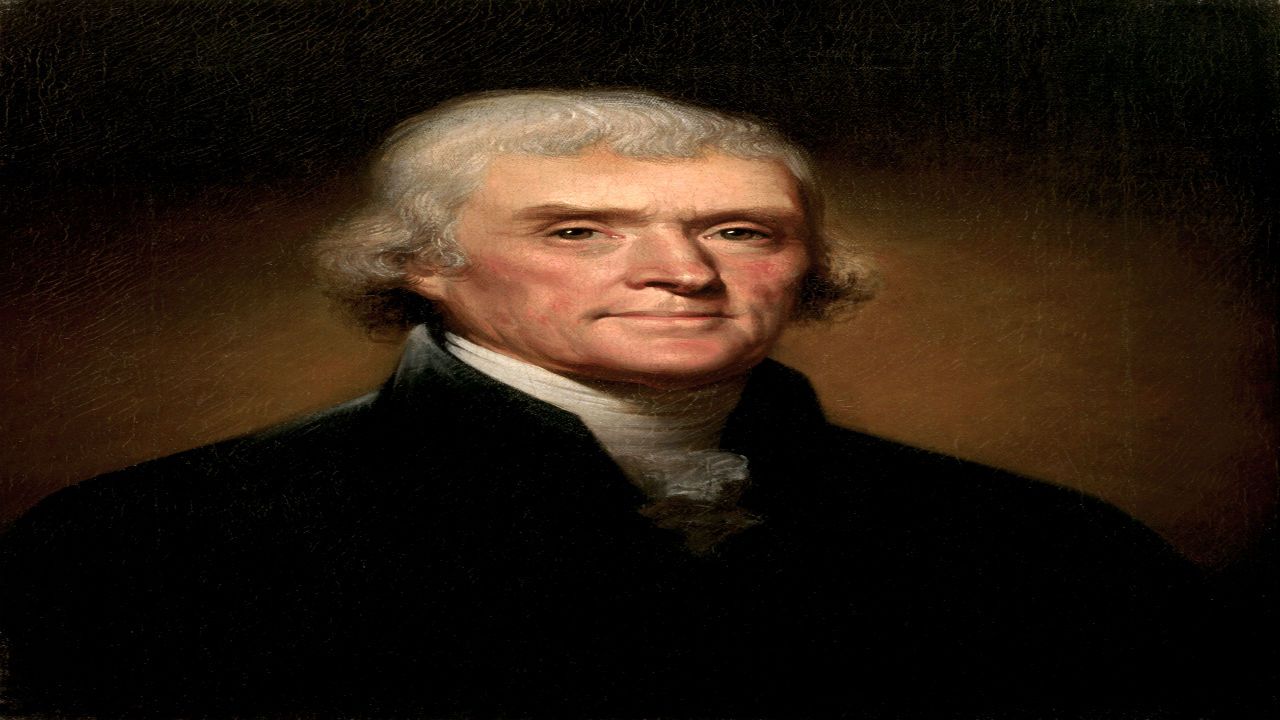NORTH CAROLINA -- We all know that Thomas Jefferson wrote the Declaration of Independence, but did you know that he was also an amateur meteorologist? As a matter of fact, he stopped and purchased a thermometer on his way to Philadelphia to sign the Declaration.
Long before Jefferson wrote, and signed, the Declaration of Independence, he developed an interest in the world of weather.
Years before the fight for independence, Thomas Jefferson was taking daily weather readings around the Williamsburg, Virginia area where he lived. He would take one reading in the morning and another in the late afternoon. He compiled all of these observations in weather diaries in which he kept and studied so he could understand how the weather worked in that area.
In the 1770s, Jefferson developed a plan to give a thermometer to a person in every county in Virginia. That designated person would then make daily weather observations; one in the morning and one in the afternoon. This would be a weather observation network for the state.
That idea of a "weather watching" network is alive and well over 200 years later.
The National Weather Service has a network of over 12 thousand weather observation stations across the country. Each station sends out reports every hour, every day.
The NWS actually calls Jefferson, "The father of weather observations."
And what was the weather like in Philadelphia on July 4, 1776? Thomas Jefferson's report was of mostly sunny skies that morning with a temperature in the upper 60s. By the early afternoon, clouds had increased with a temperature in the mid 70s with no rain.
Not a bad weather day for the birth of America.



